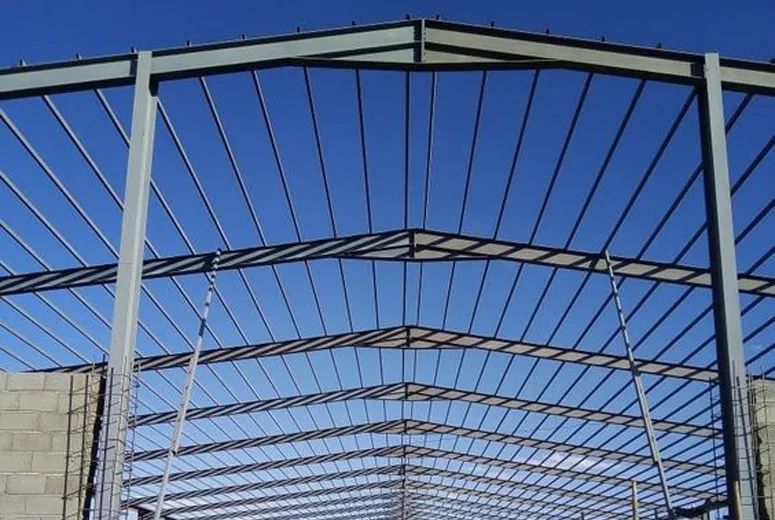- Afrikaans
- Albanian
- Amharic
- Arabic
- Armenian
- Azerbaijani
- Basque
- Belarusian
- Bengali
- Bosnian
- Bulgarian
- Catalan
- Cebuano
- Corsican
- Croatian
- Czech
- Danish
- Dutch
- English
- Esperanto
- Estonian
- Finnish
- French
- Frisian
- Galician
- Georgian
- German
- Greek
- Gujarati
- Haitian Creole
- hausa
- hawaiian
- Hebrew
- Hindi
- Miao
- Hungarian
- Icelandic
- igbo
- Indonesian
- irish
- Italian
- Japanese
- Javanese
- Kannada
- kazakh
- Khmer
- Rwandese
- Korean
- Kurdish
- Kyrgyz
- Lao
- Latin
- Latvian
- Lithuanian
- Luxembourgish
- Macedonian
- Malgashi
- Malay
- Malayalam
- Maltese
- Maori
- Marathi
- Mongolian
- Myanmar
- Nepali
- Norwegian
- Norwegian
- Occitan
- Pashto
- Persian
- Polish
- Portuguese
- Punjabi
- Romanian
- Russian
- Samoan
- Scottish Gaelic
- Serbian
- Sesotho
- Shona
- Sindhi
- Sinhala
- Slovak
- Slovenian
- Somali
- Spanish
- Sundanese
- Swahili
- Swedish
- Tagalog
- Tajik
- Tamil
- Tatar
- Telugu
- Thai
- Turkish
- Turkmen
- Ukrainian
- Urdu
- Uighur
- Uzbek
- Vietnamese
- Welsh
- Bantu
- Yiddish
- Yoruba
- Zulu
Aug . 07, 2024 19:50 Back to list
Understanding Factory Building Types A Comprehensive Overview
Factory buildings play a vital role in shaping the modern industrial landscape. As manufacturing and production evolve, the design and functionality of factory buildings continually adapt to meet the needs of various industries. This article explores the different types of factory buildings, their characteristics, and their impact on efficiency and productivity.
1. Single-Story Factories
Single-story factories are one of the most common types of manufacturing buildings. Typically characterized by a large, open floor plan, these factories facilitate easy movement of materials and workers. The design minimizes the need for elevators and staircases — enhancing the efficiency of operations. This type of factory is particularly advantageous for industries requiring heavy machinery or large equipment, such as automotive manufacturing. The spacious layout allows for the seamless arrangement of assembly lines, reducing transit times and increasing overall productivity.
In contrast to single-story factories, multi-story factories utilize vertical space. These buildings are essential in urban areas where land is expensive and limited. By maximizing verticality, multi-story factories can house more equipment and personnel within a smaller footprint. This design often includes advanced material handling systems such as lifts and conveyor belts to facilitate the movement of goods between floors. While offering space efficiency, these factories can also enhance energy efficiency by reducing the amount of exterior wall area relative to floor space.
3. Modular Factories
Modular factories are a modern innovation in factory design. Built using pre-fabricated modules, these structures are highly customizable and can be assembled quickly on-site. This flexibility allows businesses to adapt their facilities to changing manufacturing needs or to scale operations up or down. Modular factories are often designed with sustainability in mind, utilizing energy-efficient materials and systems. This building type is particularly popular in industries such as electronics and textiles, where rapid changes in technology and consumer demand require agile manufacturing solutions.
factory building types

4. Cleanrooms
For industries such as pharmaceuticals and electronics, maintaining impeccable cleanliness is paramount. Cleanroom factories are designed to minimize contamination with controlled environments that filter air, regulate temperature, and limit particle contamination. These specialized factories often incorporate advanced ventilation systems and materials that can withstand rigorous sanitation protocols. Despite their higher construction and operational costs, cleanrooms are essential for ensuring product quality and compliance with industry standards.
5. Flex Factories
Flex factories are designed for versatility, allowing for the simultaneous manufacture of different products within the same space. These factories employ open layouts with movable walls and adjustable machinery setups, enabling quick reconfiguration for varying production lines. The adaptability of flex factories makes them ideal for industries facing unpredictable market conditions or manufacturing products in low volumes. The ability to transition between production types seamlessly enhances the responsiveness of businesses to market demands.
6. Sustainable Factories
With the increasing emphasis on environmental sustainability, many manufacturers are gravitating toward sustainable factory designs. These buildings incorporate features such as solar panels, rainwater harvesting systems, and energy-efficient insulation. Sustainable factories aim to reduce the ecological footprint of operations while promoting a greener manufacturing process. Such designs not only appeal to environmentally conscious consumers but can also result in long-term cost savings through reduced energy expenses.
Conclusion
Factory building types are diverse, each designed to meet specific operational needs and industry requirements. From single-story and multi-story structures to innovative modular designs and specialized cleanrooms, the choice of factory type can significantly impact productivity and efficiency. As industries continue to evolve, so too will the designs and functionalities of factory buildings, paving the way for a more efficient and sustainable industrial future. Understanding these different types can help businesses choose the right facility that aligns with their operational goals and market demands.
-
How Do Prefabricated Steel Structures Transform Modern Construction?
NewsJul.14,2025
-
How Do Prefabricated Metal Buildings Redefine Modern Construction?
NewsJul.14,2025
-
How Do Prefab Insulated Metal Buildings and Steel Structures Revolutionize Modern Construction?
NewsJul.14,2025
-
How Do Pre - Engineered Steel Structures Redefine Modern Construction?
NewsJul.14,2025
-
Advancing Modular Construction with Prefabricated Metal Structures
NewsJul.14,2025
-
Advancing Industrial Infrastructure with Prefabricated Steel Solutions
NewsJul.14,2025
Products categories
Our Latest News
We have a professional design team and an excellent production and construction team.












